An Economist Launched a Startup to Bring Transparency to the Real Estate Market. Here’s How It Works
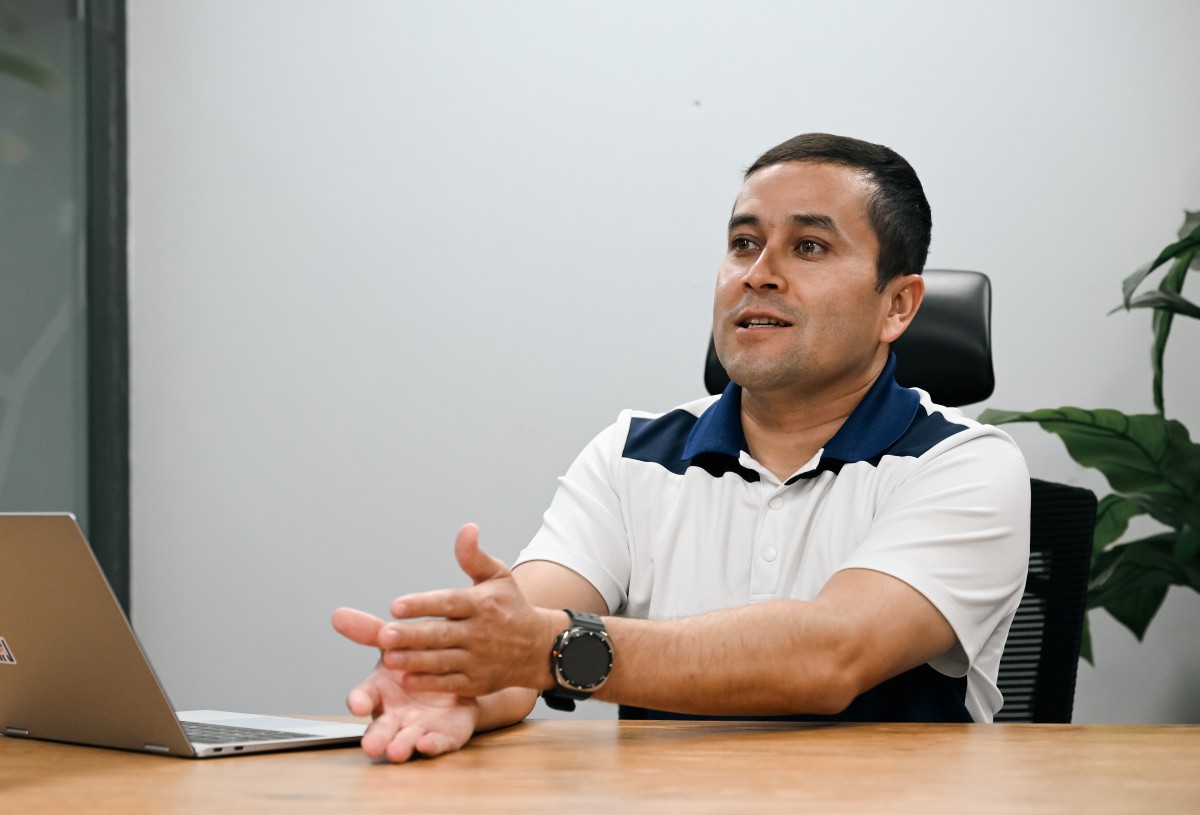
Akmal Bakhronov comes from the small town of Navoiy in Uzbekistan. Before launching his startup, he tried his hand at several traditional businesses, including a dry-cleaning service and a mini print shop. But what truly interested Akmal was technology. And soon, almost by chance, he found himself in the IT world, developing products for the real estate market. That’s how the UYSOT ecosystem was born: a digital database of developer information that brings transparency for buyers and better asset and financial control for sellers.
As part of the joint project 100 Startup Stories of Central Asia by Digital Business and Astana Hub, Akmal spoke about the specifics of how developers operate in Uzbekistan, the importance of digital solutions in the real estate industry, and his plans to expand into the Kazakhstan market and the MENA region.
«We personally went to clients and handled the cleaning ourselves»
— Akmal, when did you first become interested in the IT business?
— I started showing an entrepreneurial spirit back in school — my first income came from tutoring elementary students. Later, while studying at the Muhammad al-Khwarizmi Tashkent University of Information Technologies (TUIT), I earned money by writing research papers for other students. After graduating in 2011, I decided to gain work experience. I joined UzEraeAlternator, a manufacturer of generators for GM Uzbekistan vehicles, and later worked at an investment company.
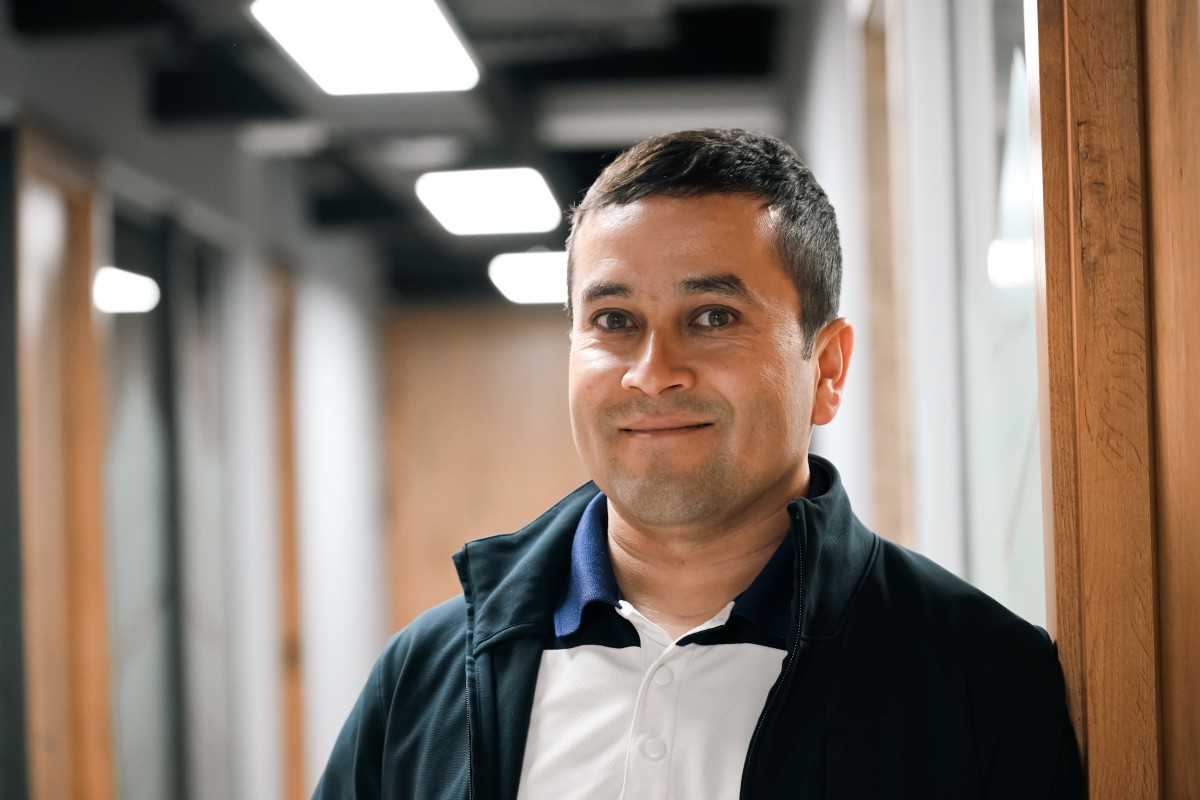
At the time, I was living in the small town of Navoiy, about 470 kilometers from Tashkent, with a population of around 150,000 people. In 2014, a friend and I launched our first business: furniture and carpet dry cleaning. We personally visited clients and did the cleaning ourselves. Despite our hard work, the business didn’t succeed. After that came about 15 more attempts, ranging from small startups to online projects. They all failed, but each one taught us something. We learned from our mistakes and kept moving forward.
By 2018, we had a small web studio up and running. We rented an apartment where three or four of us worked together. I was responsible for everything: director, accountant, marketing manager, salesperson, and even the cleaner :) We built websites on an outsourcing basis.
— How did you get into the PropTech space, and what attracted you to this field?
— One day, a representative from a construction company contacted us to build a website. When we visited their office, we saw a huge line of people. I asked what it was for, and they said it was clients coming to pay off their apartment debts. I was genuinely surprised. “A line just to pay money?” I asked.
Everything seemed inefficient. The company was using an inventory management program originally designed for retail stores. On top of that, only one manager actually knew how to use it. Clients had to get documents from that manager, then go to the cashier to make their payment, and then return again. The accountant, cashier, and manager each prepared separate reports. The entire workflow was bulky and slow.
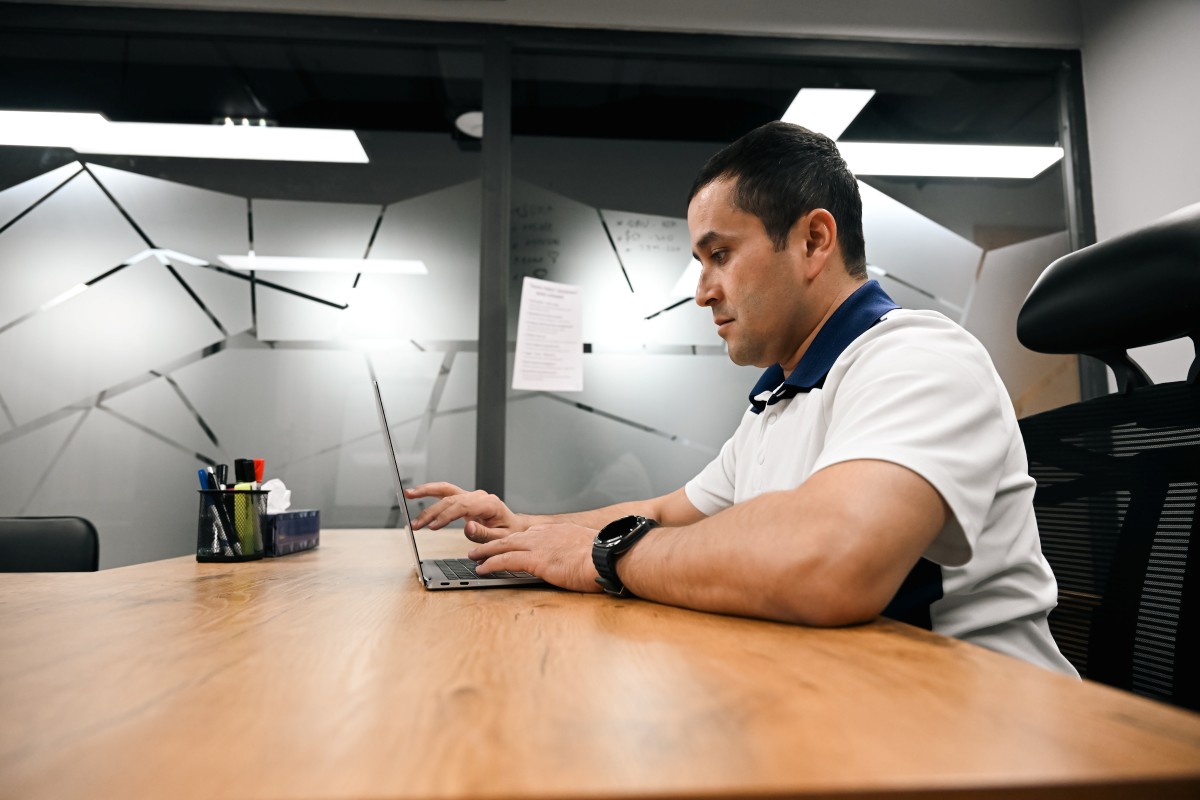
We suggested a unified CRM system to the director, something that could manage both sales and payments in one place. He liked the idea, and at our next meeting, we signed an agreement. That’s how we began working on the first version of UYSOT.
We spent nine months developing the first version of the program, and another three months transferring the company’s database into the system. After the launch, the clients’ debt was cut in half, and the business became much less dependent on a single manager. The funny thing is, while we were importing the data, we discovered that the company actually had two unsold apartments, even though the director was sure everything had already been sold.
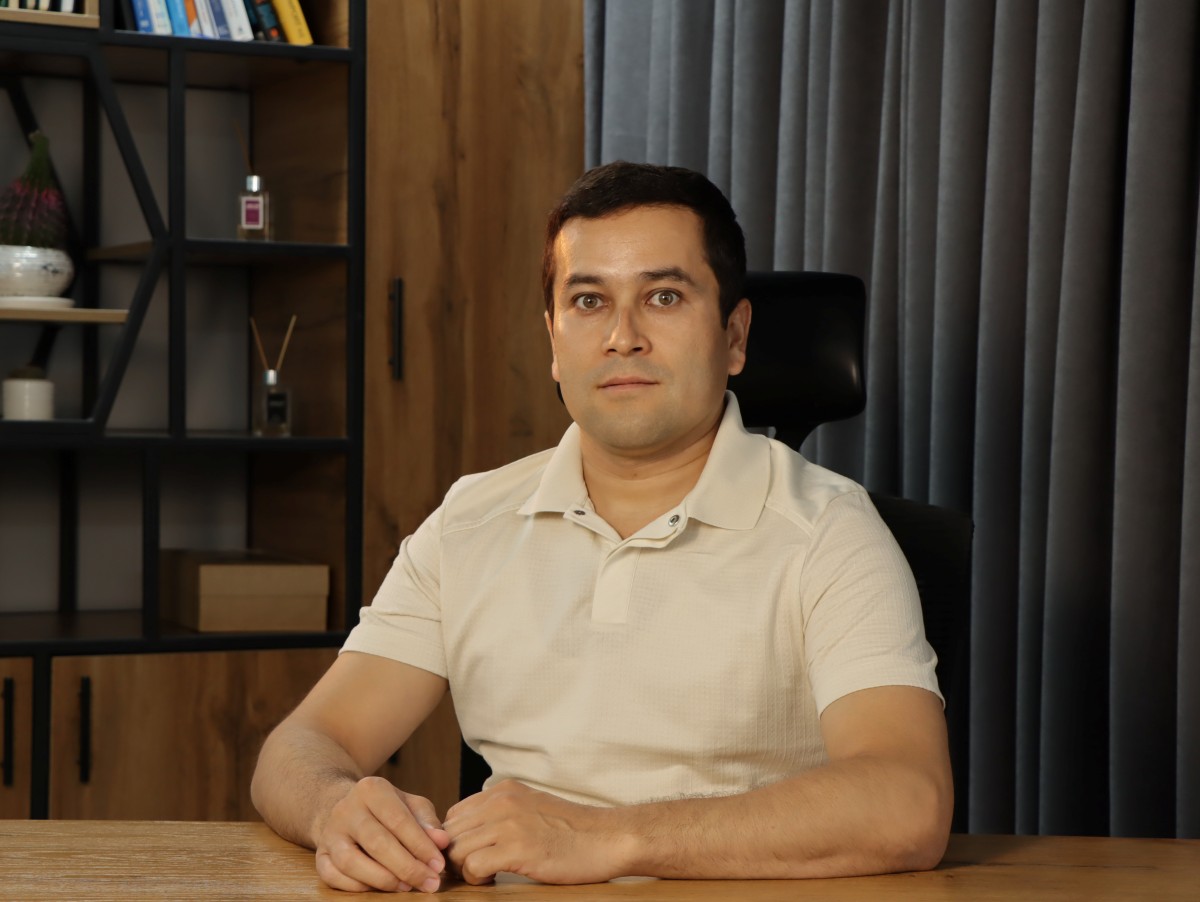
Then we started offering the system to other developers, and most of them said yes. We even raised the subscription fee, and they still bought it. That’s when it became absolutely clear that we had built a valuable product people were willing to pay for. But at the time, we were still living and running the business in Navoiy. To keep growing the startup, we realized we needed to move to Tashkent.
«We currently provide our products to around 200 developers»
— What is the real estate market in Uzbekistan like today? I’m asking because that story about a developer losing track of two apartments sounds pretty unusual…
— At that time, some developers were still managing their records in Excel spreadsheets and in some cases, even on paper. This often led to situations where the same apartment was sold to multiple clients.
The first feature we built into the product was a protection system to prevent the same apartment from being sold to multiple clients. This solution also brought much-needed transparency for the developer.
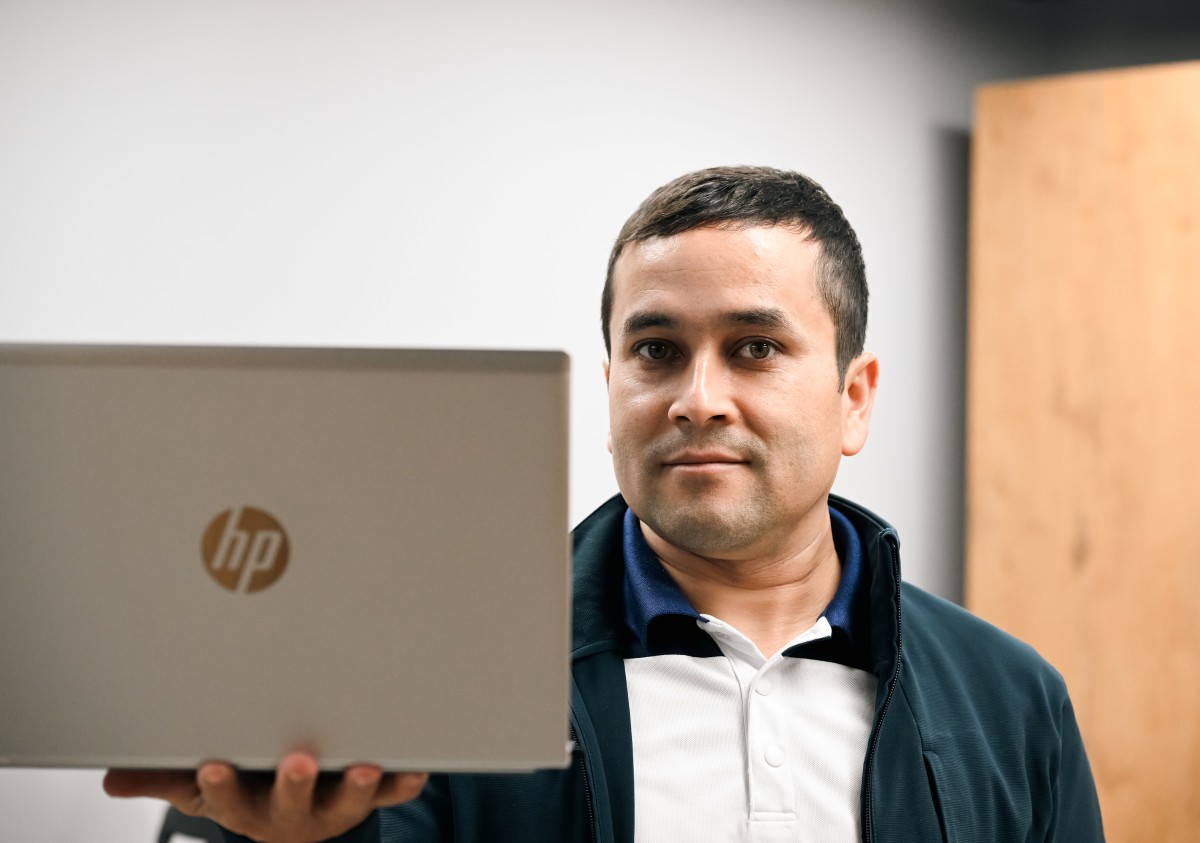
We created UYSOT specifically to eliminate inaccuracies and raise the overall quality of service across Uzbekistan’s real estate market. With greater process transparency, buyers now have more trust in developers. And for the developers, it’s become easier to track turnover and income, avoid errors entirely, and reduce the risk of lawsuits from dissatisfied clients.
— So, what exactly does a developer get out of your solution?
— Beyond better control over their business, our ecosystem helps developers boost sales by at least 30% and cut down buyer debt by around 20%.
The UYSOT marketplace makes it easy to quickly find property and get up-to-date information without needing to go anywhere. We’ve focused on a user-friendly interface and smooth integration with various services. We're not just offering a product — we’re sharing our expertise in building sales processes and providing valuable marketing insights from our analysts.
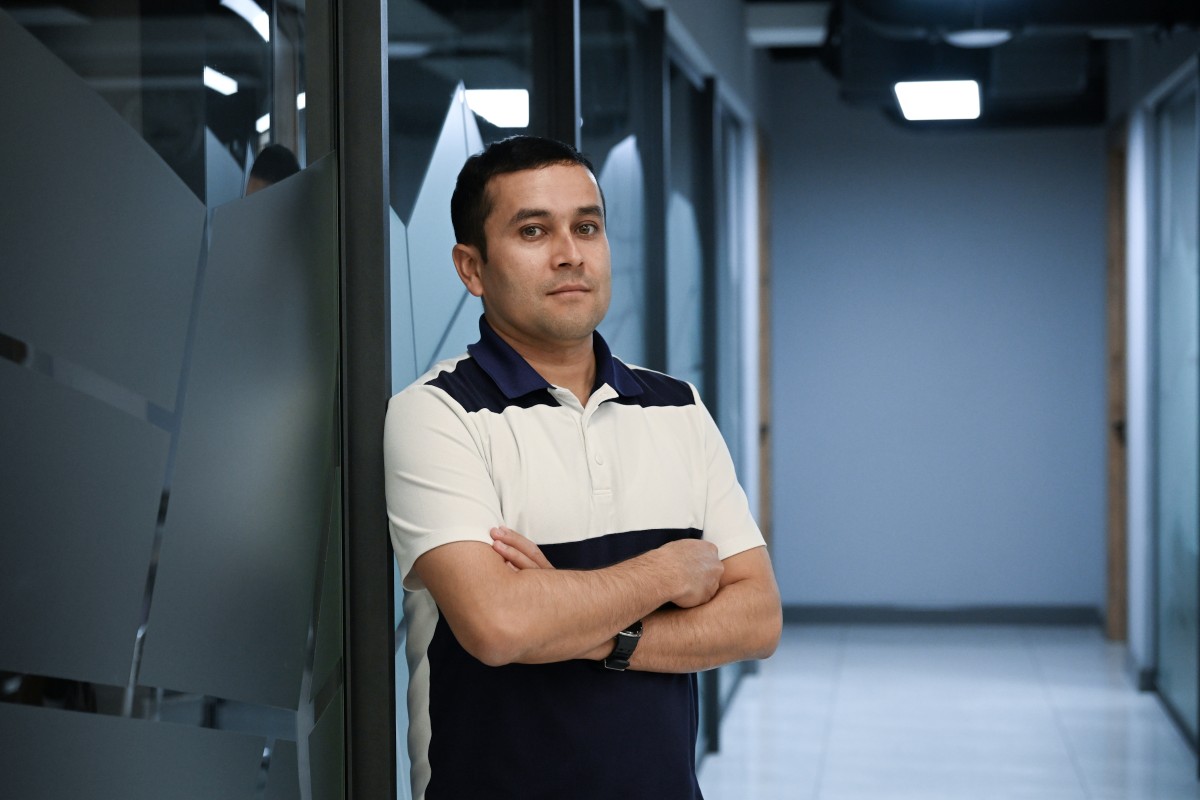
— Tell us about the current state of UYSOT. How many clients are you working with, and which markets are you active in right now?
— We currently work with around 200 developers across Uzbekistan, Tajikistan and Kyrgyzstan. Our ecosystem includes two main solutions: a CRM system for developers and a real estate marketplace where people can browse available properties and make purchase agreements directly with the developer. These two components are fully synced, so both the seller and the buyer always have access to accurate, up-to-date information on listings, features and pricing.
— And how does your financial model work?
— We work on a subscription model. For the marketplace, we earn a commission if the deal goes through our platform.
A big boost for us was taking part in the Silkway Accelerator by Astana Hub and Google for Startups. At the time, we had the marketplace, but we weren’t sure how to monetize it. We tested new hypotheses every week until we found a model that worked. Now, if someone finds a property they like, they can leave their contact info. Our call center team follows up, and if they close the deal, we take a 1.5% commission on the sale amount.
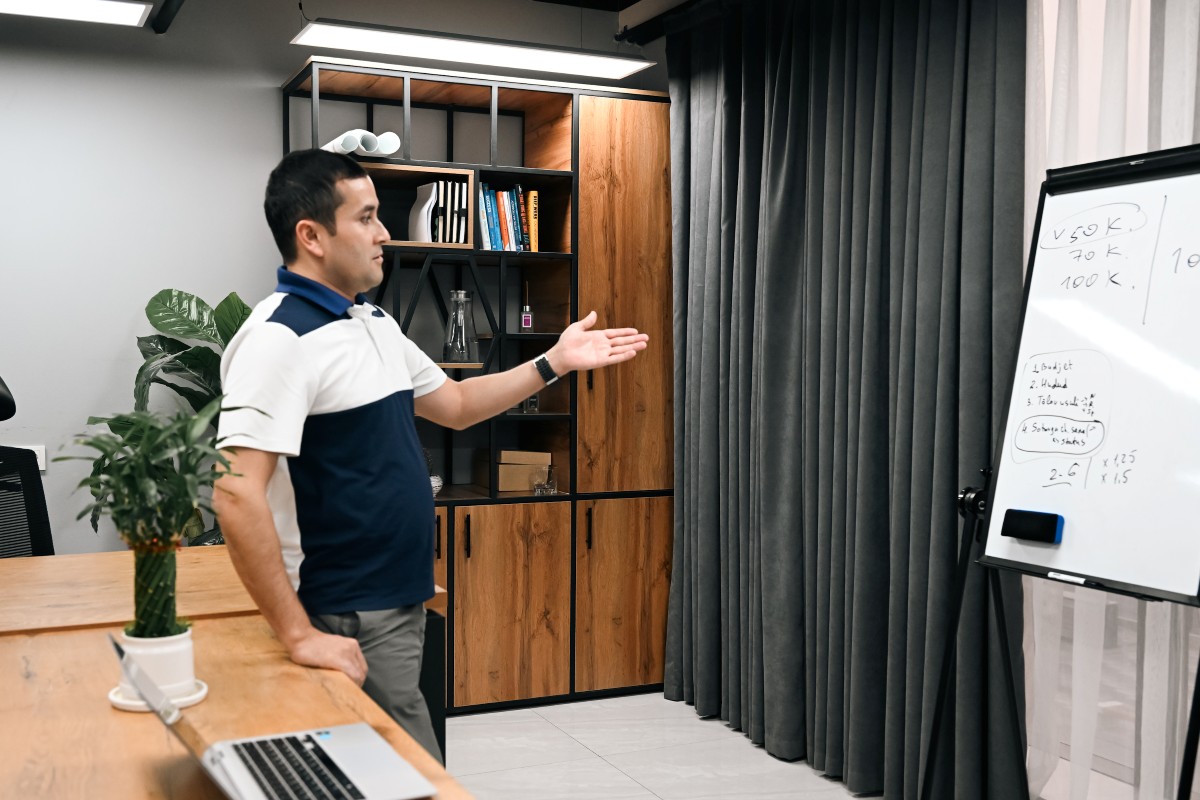
— Did the experience with Silkway Accelerator live up to what you were hoping for?
— To build a company, you constantly need to level up your knowledge. The skills that help you manage a team of 10 won’t be enough when you’re leading 100. I’ve always been active in different events, and when I saw the announcement for the Silkway Accelerator, I knew it could be a great opportunity. I figured it would help us expand into Kazakhstan by giving us a better understanding of the market and valuable connections.
We had a great mentor — entrepreneur Dmitry Beznasuyk. He constantly pushed us out of our comfort zone. On the surface, everything looked fine: basic needs were covered, the company was profitable, we were growing. It felt like we could just keep going as we were. But I’ve always wanted more: steady growth, constant progress. Our long-term goal is to become a unicorn company.
— A unicorn is a company with a capitalization of at least a billion dollars. What’s your strategy to reach that milestone?
— We aim to reach that goal within five years, by 2030. Of course, we understand that our current expertise and presence in the market aren’t enough on their own. That’s why growth and expanding into new countries are essential parts of our strategy.
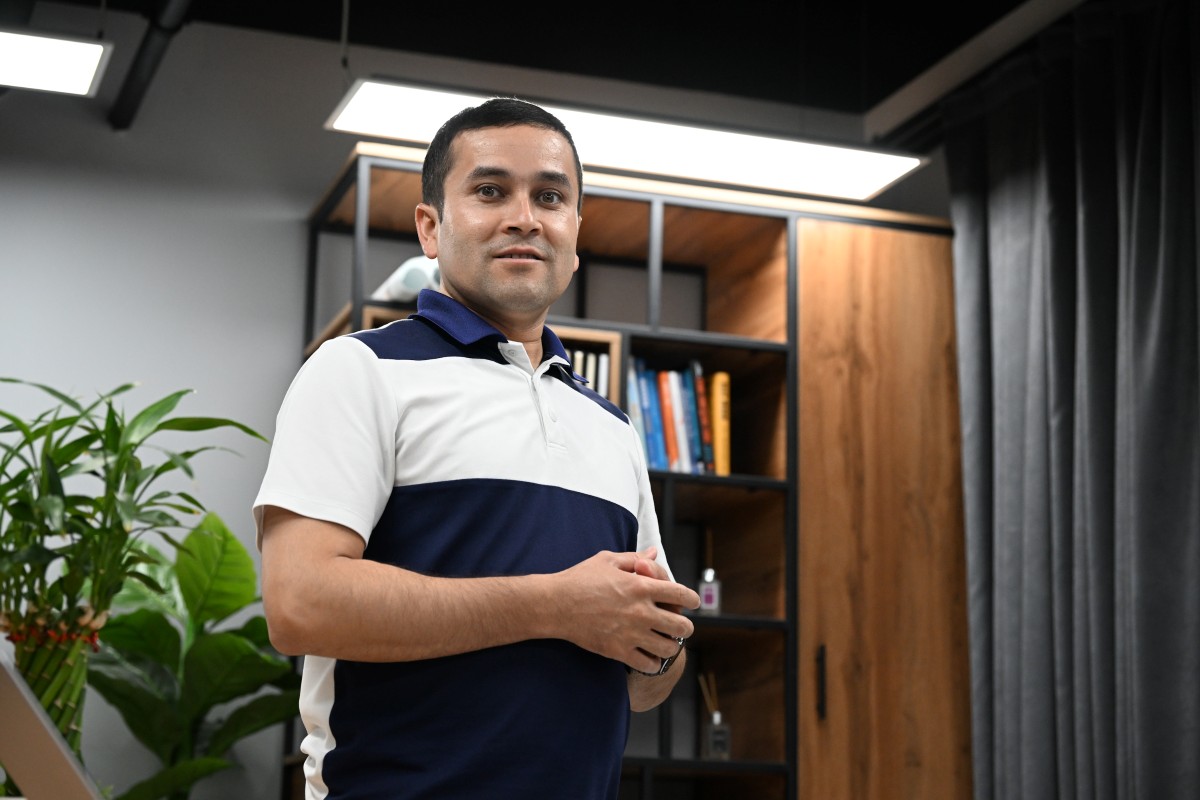
«As an economist, I always focus on minimizing risks»
— In addition to Uzbekistan, you're also working in Kyrgyzstan and Tajikistan. What made you choose these countries?
— I like the motto: dream big, start small. To succeed, you need to test your hypotheses with minimal risk. We started in Navoiy — a small city — and found success there, which gave us the confidence to move forward. Then came Tashkent — the capital with a population of over 3 million — and again, we succeeded. So the next step was to expand into other countries. We chose relatively smaller markets where it would be easier to grow. As a result, we entered Tajikistan at the end of last year and Kyrgyzstan at the beginning of this year.
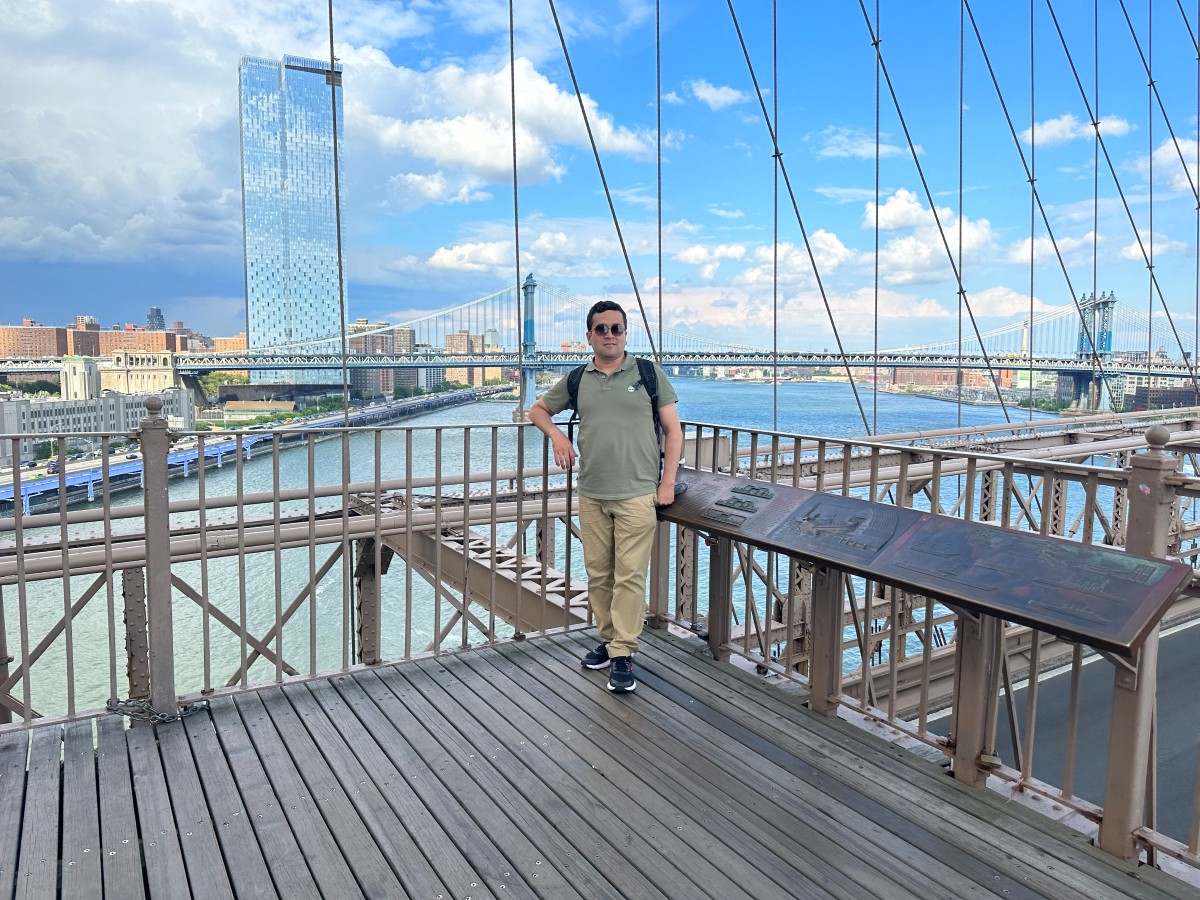
From the very beginning, I wanted to build a big company. And as an economist, I’ve always aimed to minimize risks. That’s why we move step by step, carefully and deliberately. Tajikistan and Kyrgyzstan are geographically and culturally close to Uzbekistan. It’s not a completely different environment. Of course, there will always be differences, but our thinking was: if it worked here, it would very likely work in our neighboring countries too.
— The industries are different, but still — in a recent interview with Digital Business, Askar Maksat, co-founder of the educational platform Daryn Online, noted that success in one market doesn’t guarantee a smooth entry into another…
— And that’s true. But in our case, the markets in Uzbekistan, Tajikistan, and Kyrgyzstan are quite similar. They’re not identical, of course, but they share more similarities than differences. For example, Tajikistan is still a bit behind when it comes to digitalization, but it’s something that can be quickly improved. In Kyrgyzstan, where digitalization is further along, we need a different approach. The same goes for Kazakhstan, where the IT infrastructure is already very advanced.
We also plan to enter the markets of the MENA region and the CIS. By the end of the year, we aim to launch UYSOT in three new countries: Kazakhstan, Azerbaijan, and Georgia.
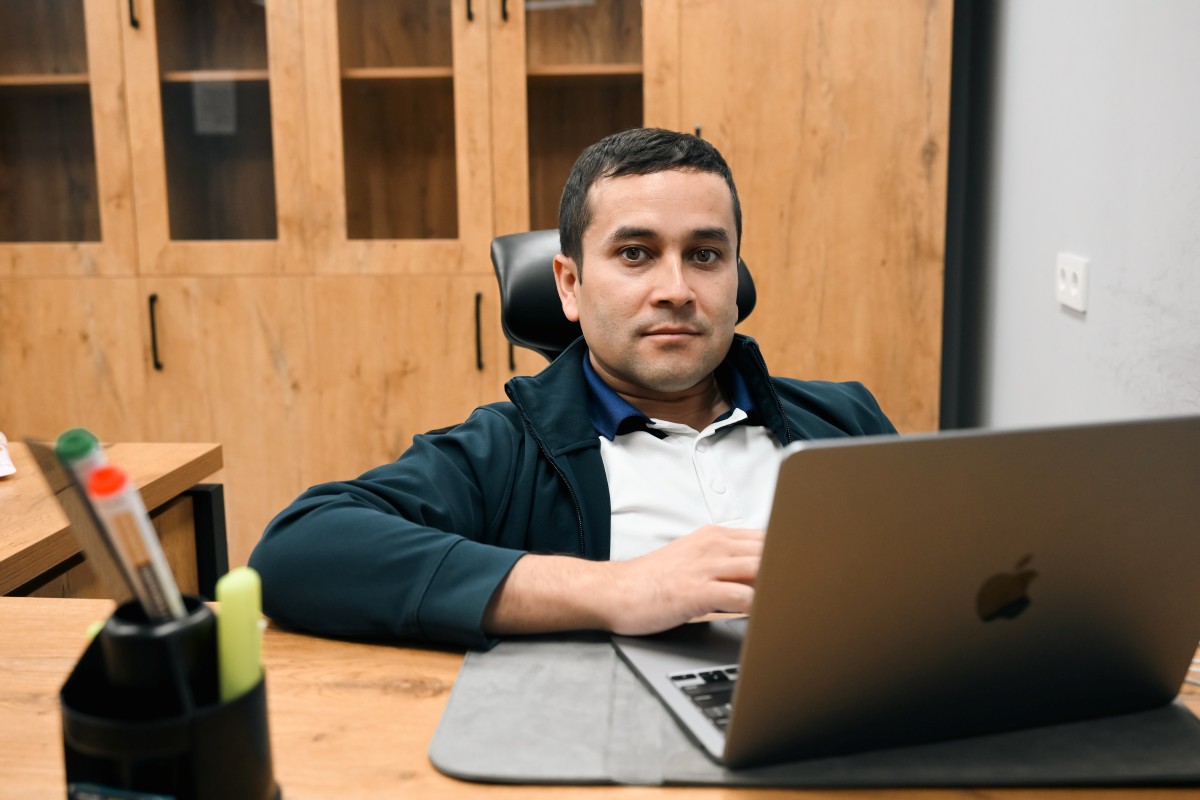
— MENA and CIS countries differ in mentality, legal systems, and average income levels. How do you plan to adapt your strategy for each market, and which region will you enter first?
— CIS countries are our priority. Once again, they have fewer differences from the Uzbek market compared to MENA. As for the MENA region, it definitely requires a different approach. It’s possible that we’ll even launch unique products specifically tailored for that market.
«By 2026, our MRR should reach $1 million»
— Today, the ecosystem includes a CRM system and a marketplace. What other products are you planning to launch?
— We want to launch a platform for fractional investing. This format allows people to buy even just one square meter of property as an investment. Later, when the property value increases, they can sell their share and earn from the price difference.
This business segment is becoming increasingly popular around the world thanks to its relatively low entry threshold. Even with just a few thousand dollars, people can invest in real estate by purchasing a small share. We plan to launch this service not only in Uzbekistan but also in other countries. In Dubai, for example, such systems are already permitted thanks to blockchain technology. There are also successful examples in the U.S. Our goal is to quickly enter this new and growing market.
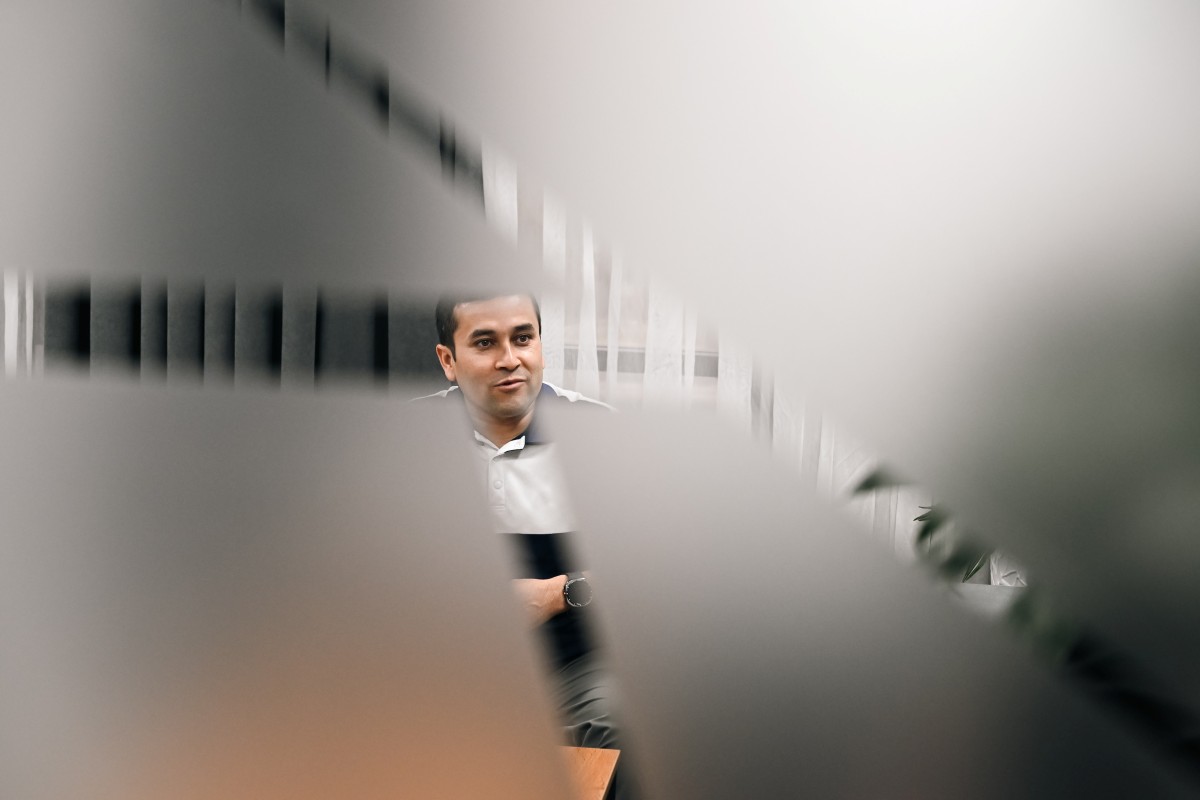
— Have you attracted any investments yet?
— We thought about raising a round after the accelerator, but we always ask ourselves — what will we actually do with that money? We’re not after funding just for the hype or a high valuation. The money has to work.
At the moment, we’ve raised $200,000 from Aloqa Ventures and a private investor. We plan to use these funds to develop services that integrate with banking products.
Entering the MENA market will also require significant investment and expanding the team. So, we’ll likely enter new investment negotiations. Our goal is to raise $1 million next year.
— What are your plans for the upcoming year?
— By 2026, our goal is to reach $1 million in MRR. The company is growing, we have a strong team, and we're preparing to launch in several key markets.


